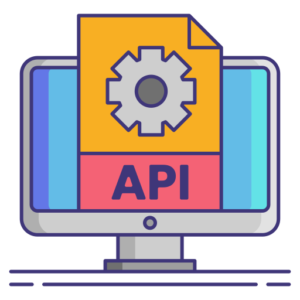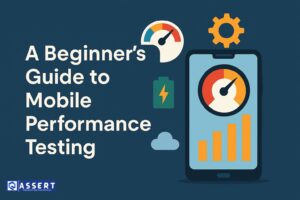In software testing, automation frameworks help testers organize and run tests in a structured way. Two common types of frameworks are Keyword-Driven and Data-Driven. Both make test automation easier and reusable, but they work differently. Let’s understand what they mean, their differences, and when to use each one.
What Is Keyword-Driven Testing?
Keyword-Driven testing is based on keywords or actions that describe what to do in the test.
For example, actions like ClickButton, EnterText, or VerifyTitle are written in a table or file. The tester does not need to write code directly — instead, they use predefined keywords to create test steps.
Example:
| Keyword | Object Name | Value |
|---|---|---|
| OpenBrowser | URL | https://app.com |
| EnterText | username | testUser |
| ClickButton | loginButton |
Advantages:
-
Easy for non-programmers to write test cases.
-
Reusable and maintainable.
-
Keywords can be used in multiple tests.
Disadvantages:
-
Needs a strong keyword library.
-
Hard to manage if too many keywords exist.
What Is Data-Driven Testing?
Data-Driven testing focuses on test data.
It allows running the same test case multiple times with different data sets. Data is usually stored in files like Excel, CSV, or databases.
Example:
| Username | Password |
|---|---|
| user1 | pass1 |
| user2 | pass2 |
The test script reads each data row and executes the same steps with different values.
Advantages:
-
Saves time by reusing the same test logic.
-
Useful for testing multiple input combinations.
-
Easy to update test data without changing scripts.
Disadvantages:
-
Needs effort to manage data files.
-
Debugging can be hard if data is large.
Key Differences Between Keyword-Driven and Data-Driven Testing
| Feature | Keyword-Driven | Data-Driven |
|---|---|---|
| Focus | Keywords or actions | Test data |
| Who can use it | Testers without coding skills | Testers familiar with data files |
| Reusability | High (through keywords) | High (through data sets) |
| Maintenance | Needs keyword updates | Needs data file updates |
| Example Use | Repeated UI actions | Input variation testing |
When to Use Which Framework
-
Use Keyword-Driven Testing when your tests are long and have many repeated actions.
-
Use Data-Driven Testing when you want to test the same functionality with multiple sets of data.
-
Combine both for best results — keywords for actions and data files for inputs. This is called a Hybrid Framework.
Conclusion
Both Keyword-Driven and Data-Driven frameworks make automation more powerful. Keyword-driven testing is great for simplifying actions, while data-driven testing is ideal for testing multiple inputs efficiently. Many modern frameworks combine both to achieve flexibility and reusability.




